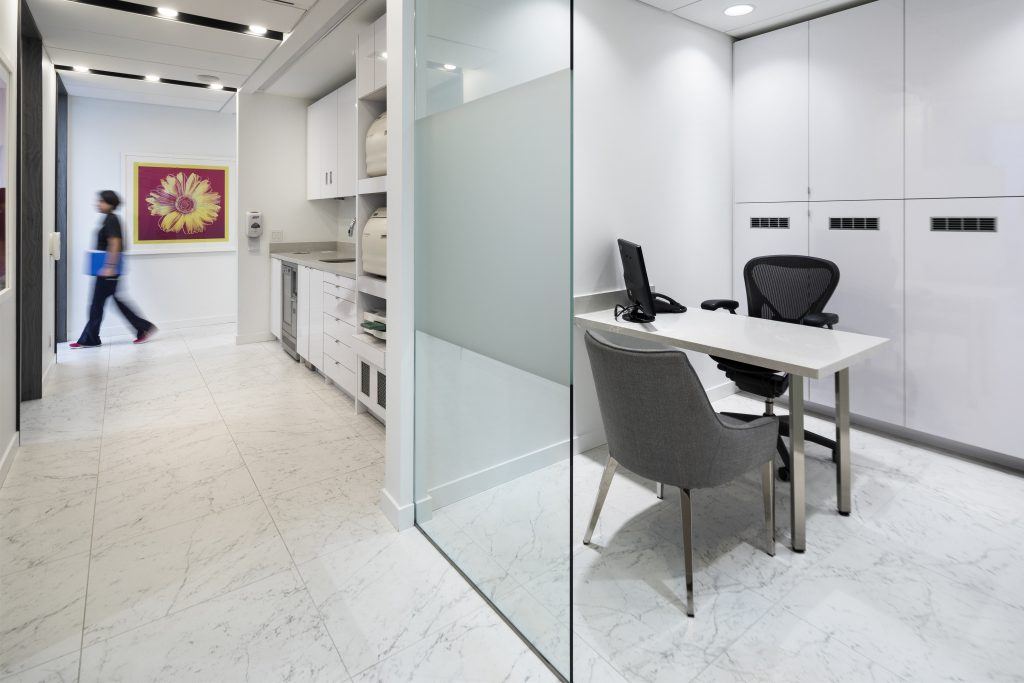
Ergonomic assessments are becoming commonplace in offices. However, they’re often brought in as an afterthought far too late in the game.
But what if you can build your office with ergonomic features right at the start? Here’s how you can set the stage for your staff to be in a comfortable working environment:
Lead by example
Start off by actively promoting the idea of taking breaks. And what better way is there than a break room that’s actually inviting? By doing so, you eliminate the stigma of employees visibly taking breaks.
To make sure the break room makes the right impact, it’s important to first keep it separate from the lunch room. That way, you’re catering to two different crowds of people: those who want a high-energy recreational break in a creatively designed lunch room and those who want a quiet relaxing break. You can then fill the quiet break room with comfy sofas, armchairs, and yoga mats.
Accessibility of office equipment
Office equipment should be placed as close as possible to the staff who use them the most. It may seem like a trivial trip each time going from desk to equipment, but the added stress of multiple trips will build up in the body by the end of the day.
This may mean centrally locating general equipment like photocopiers so everyone travels a similar distance to use it. And if your office layout is split into team zones that have their own specialized equipment like 3D printers, those equipment should be situated closest to the corresponding team zone.
Convenience of plugs and ports
If you have a nomadic office layout, it’s especially crucial that your employees have reliable wireless access wherever they happen to be working in the office. You should also plan out your office wiring system thoroughly so that plugs and ports are easily accessible whenever they’re needed.
Maintaining this convenience prevents your staff from having to perform extreme acrobatics just to find a working plug or port.
Custom-fit workstations
After taking care of the common work environment, you also have to allow room for personal adjustments. Everyone’s body is different so it’s only fitting that your staff get to fine-tune how their workstations are set up.
Your office can provide that flexibility through sit-stand desks so your employees have the option of changing their postures. As for chairs, they should be adjustable ergonomic chairs with lumbar support. When an employee switches to standing up though, issue ergonomic mats to lessen the pressure on the knees.
Monitors and keyboards should also be mounted on adjustable stands for further tweaking of angles. Even lighting at each work station should be customizable with individual lamps!
By keeping ergonomics at the forefront of your office design, you’ll retain employees with high productivity a lot longer.








